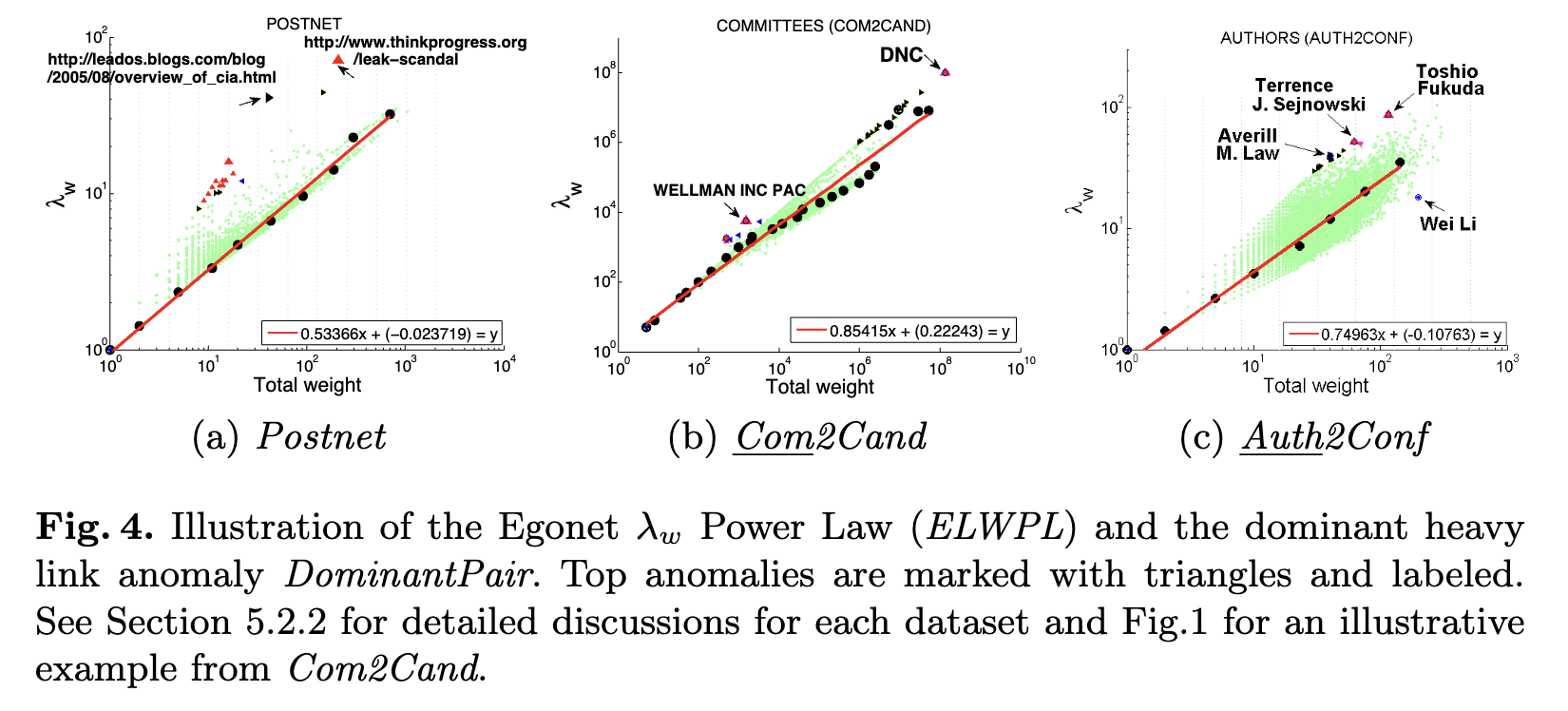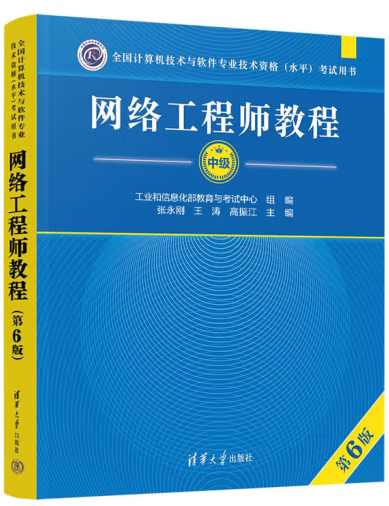标准差剔除异常值
- 1. 方法
- 2. 示例代码
- 2.1 数据读取与清洗
- 2.2 分段读取数据并绘图
- 2.3 解释
- 2.4 `outliers`
- 2.5 结果展示
我有个记录数据采集后格式是step_rewards.txt 的文档,里面只有一列数据,10*10000行数据,没有表头,分别代表奖励数值。因为有些数据点峰值 和 峰谷很高,抖动大。现在需要在分10段,每段10000条数据。读取原始数据之后,在画折线图前,这中间增加一个对原始数据过滤的功能,将过滤后的数据保存到一个新的文件中,filter_step_rewards.txt 。
要求:这个区间里的数据,把抖动很大的数据,给过滤到剔除掉,不再使用这种抖动大的数据,然后用新过滤后的数据,再画图。
1. 方法
在绘制图表之前对数据进行预处理,剔除掉那些波动很大的数据点。我们可以使用一些统计方法来识别和剔除这些异常值。常用的方法包括使用标准差(Standard Deviation)或四分位数(Interquartile Range, IQR)来检测和剔除异常值。
2. 示例代码
下面是一个完整的示例代码,展示了如何读取数据、进行数据清洗、分段读取数据并绘图。
使用标准差方法剔除异常值。
2.1 数据读取与清洗
import pandas as pd
import numpy as np
import matplotlib.pyplot as plt
import os# 读取数据
file_path = 'step_rewards.txt'
data = pd.read_csv(file_path, header=None, names=['reward'])# 检查数据结构
print(data.head())# 数据清洗 - 使用标准差方法剔除异常值
def remove_outliers(df, column, threshold=3):mean = df[column].mean()std = df[column].std()outliers = (df[column] - mean).abs() > threshold * stdreturn df[~outliers]# 清洗数据
cleaned_data = remove_outliers(data, 'reward')# 打印前几行查看清洗后的数据
print(cleaned_data.head())
2.2 分段读取数据并绘图
# 将清洗后的数据保存到新的文件中
output_file_path = 'filter_step_rewards.txt'
cleaned_data.to_csv(output_file_path, index=False, header=False)
print(f"Filtered data saved to {output_file_path}")# 确保输出目录存在
output_dir = 'plots'
os.makedirs(output_dir, exist_ok=True)# 每隔 10000 行提取数据
chunk_size = 10000
num_chunks = len(cleaned_data) // chunk_sizefor i in range(num_chunks):start_idx = i * chunk_sizeend_idx = (i + 1) * chunk_sizechunk = cleaned_data.iloc[start_idx:end_idx]# 绘制清洗后的数据plt.figure(figsize=(10, 6))plt.plot(chunk.index, chunk['reward'], label='Cleaned Reward')plt.legend()plt.title(f'Rewards for Chunk {i+1}')plt.xlabel('Step')plt.ylabel('Reward')# 保存图像image_path = os.path.join(output_dir, f'reward_chunk_{i+1}.png')plt.savefig(image_path)plt.close()print(f"Generated {num_chunks} plots and saved them in {output_dir}")
2.3 解释
1 ) 数据读取:
data = pd.read_csv(file_path, header=None, names=['reward'])
这行代码读取 step_rewards.txt 文件,文件没有标题行。我们将列名指定为 reward。
2 ) 数据检查:
print(data.head())
打印数据的前几行,以便确认数据是否正确加载。
3 ) 数据清洗:
def remove_outliers(df, column, threshold=3):mean = df[column].mean()std = df[column].std()outliers = (df[column] - mean).abs() > threshold * stdreturn df[~outliers]
remove_outliers函数用于剔除异常值。它计算数据的均值和标准差,然后将距离均值超过threshold倍标准差的数据点标记为异常值。threshold参数默认为3,表示剔除距离均值超过3倍标准差的数据点。可以根据实际情况调整这个阈值。
cleaned_data = remove_outliers(data, 'reward')
调用 remove_outliers 函数对数据进行清洗。
4 ) 保存清洗后的数据:
output_file_path = 'filter_step_rewards.txt'
cleaned_data.to_csv(output_file_path, index=False, header=False)
print(f"Filtered data saved to {output_file_path}")
- 将清洗后的数据保存到
filter_step_rewards.txt文件中。 index=False表示不保存索引。header=False表示不保存列名。
5 ) 分段读取数据并绘图:
chunk_size = 10000
num_chunks = len(cleaned_data) // chunk_sizefor i in range(num_chunks):start_idx = i * chunk_sizeend_idx = (i + 1) * chunk_sizechunk = cleaned_data.iloc[start_idx:end_idx]plt.figure(figsize=(10, 6))plt.plot(chunk.index, chunk['reward'], label='Cleaned Reward')plt.legend()plt.title(f'Rewards for Chunk {i+1}')plt.xlabel('Step')plt.ylabel('Reward')image_path = os.path.join(output_dir, f'reward_chunk_{i+1}.png')plt.savefig(image_path)plt.close()
chunk_size定义了每组数据的大小。num_chunks计算总共有多少组数据。for循环遍历每组数据,提取并绘制清洗后的数据。plt.savefig(image_path)将图像保存到指定路径。plt.close()关闭当前图像,防止内存泄漏。
6 ) 输出信息:
print(f"Generated {num_chunks} plots and saved them in {output_dir}")
输出生成的图像数量和保存路径。
运行上述代码后,将在 plots 目录中找到 10 张图像文件,每张图像对应一组数据的清洗后奖励值的图表。

2.4 outliers
1 )在 remove_outliers 函数中,我们定义了一个布尔 Series outliers,用于标识哪些数据点是异常值。
outliers = (df[column] - mean).abs() > threshold * std
(df[column] - mean).abs():计算每个数据点与均值的绝对差值。> threshold * std:判断绝对差值是否大于threshold倍的标准差。- 结果是一个布尔 Series,其中
True表示该数据点是异常值,False表示该数据点不是异常值。
2 ) ~outliers
在 Python 中,~ 是按位取反运算符。对于布尔值,~True 为 False,~False 为 True。因此,~outliers 会将布尔 Series outliers 中的 True 变为 False,False 变为 True。
3 ) df[~outliers]
df[~outliers] 是 Pandas 中的一种索引操作,用于从 DataFrame 中选择符合条件的行。具体来说:
df[~outliers]会选择outliers中为False的行,即非异常值的行。- 结果是一个新的 DataFrame,其中不包含任何异常值。
2.5 结果展示





















